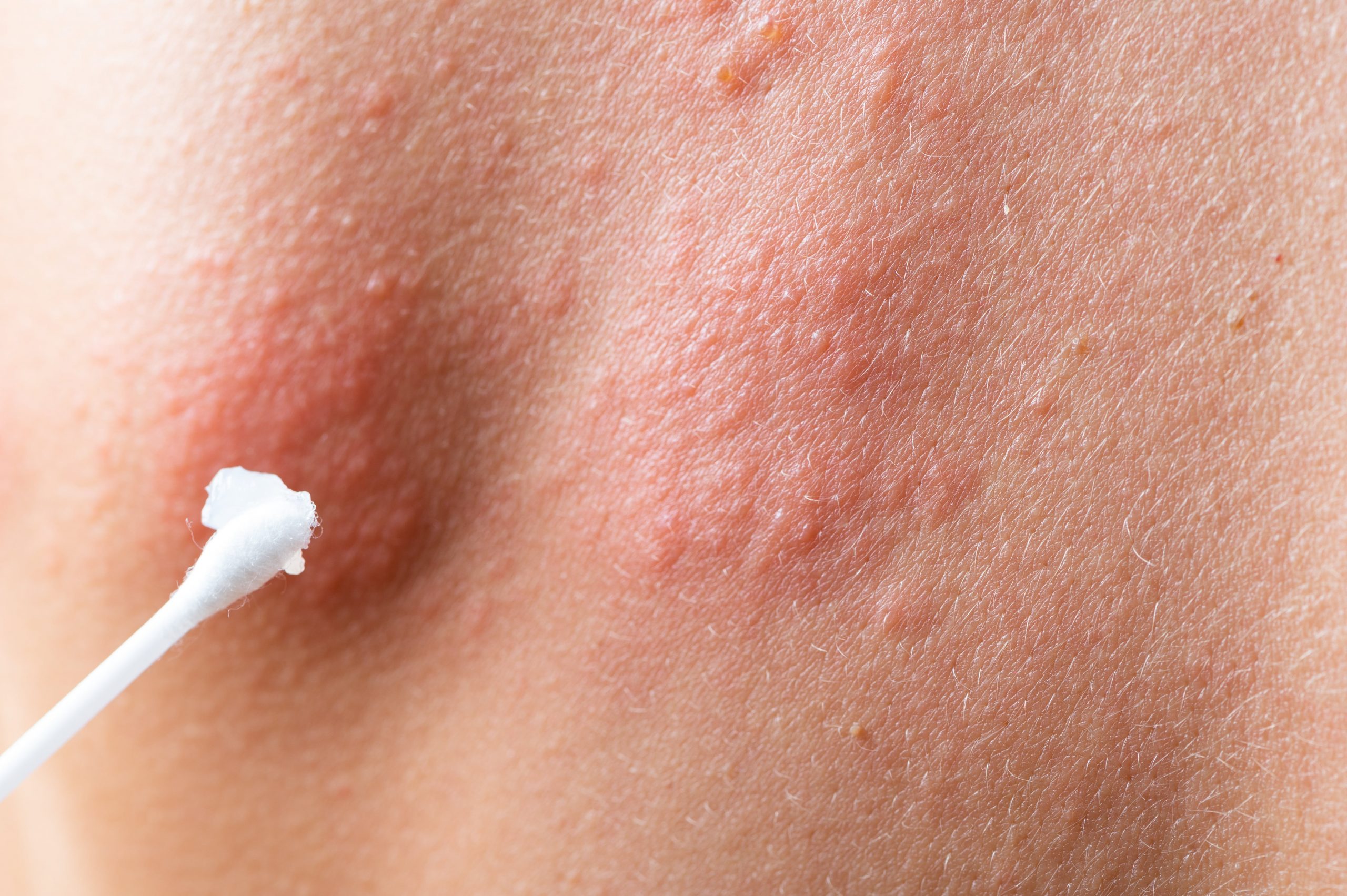
What is Contact Dermatitis?
Contact dermatitis is an itchy or burning rash that develops when the skin comes into contact with an allergen (such as poison ivy or bee stings) or an irritant (like dust mites, soaps, or cosmetics). It can be very uncomfortable and itchy to have.
Symptoms can vary depending on the cause of the reaction, but itchiness is common. It usually happens within minutes after contact, so pinpointing the trigger is important.
Irritant Contact Dermatitis
Irritant contact dermatitis is the most common type of contact dermatitis. The skin is inflamed and red when it is in contact with a substance that causes irritation, such as soaps, fragrances, or dyes.
A doctor may prescribe a medication called a topical corticosteroid, which is applied to the skin to help reduce itching and inflammation. These medications can be very effective and can clear up the rash in just a few days. However, they may sting or burn when you first use them, so you need to follow your provider’s instructions. They are also not recommended for long-term use because they can thin the skin and increase the risk of infection.
Oral or injectable steroids are another option for severe rashes that won’t respond to home treatments or haven’t cleared up after a few weeks. These medications, such as prednisone and steroid creams, are very helpful in reducing the itching and swelling of a contact dermatitis. They may be used once or twice a day, depending on the severity of the rash and how long it has been going on.
Moisturizers are also an important part of treating irritant contact dermatitis, as they help the skin to keep moisture in and repair itself. They are often used in combination with other treatments, such as emollients or topical steroids.
Antihistamines can also help relieve itching and inflammation from irritant contact dermatitis. Oral antihistamines work by reducing the amount of histamine released in the body. They may be prescribed by your doctor or can be purchased at the drugstore.
In severe cases, your doctor may prescribe oral antibiotics to help get rid of the bacteria that are causing your rash. They can be used once or twice a day, as directed by your physician.
You will need to avoid the allergen or irritant that causes your contact dermatitis for the best chance of clearing up. Once you have eliminated the source of your contact dermatitis, it should improve gradually and then clear up on its own.
Patch testing can be performed to identify the specific allergen that is causing your contact dermatitis and help you find a treatment. A dermatologist can also prescribe a cream or ointment to help treat your contact dermatitis.
It’s possible to have different types of contact dermatitis at the same time, which can be difficult for your doctor to determine. It is important to discuss your symptoms and history with your provider, as the diagnosis of contact dermatitis may require several different tests to pinpoint the underlying cause.





